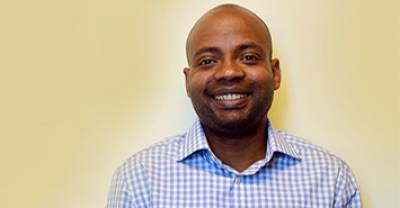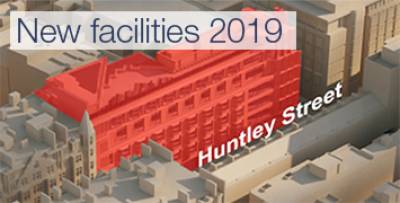Engineered neural tissue with Schwann cell differentiated human dental pulp stem cells
4 January 2017
Engineered neural tissue with Schwann cell differentiated human dental pulp stem cells: potential for peripheral nerve repair?
Kathleen Sanen, Wendy Martens, Melanie Georgiou, Marcel Ameloot, Ivo Lambrichts, James Phillips
Journal of Tissue Engineering & Regenerative Medicine
Peripheral nerve damage is debilitating and results in loss of sensation and movement and can cause chronic pain. This international study investigated whether stem cells from human dental pulp could be combined with tissue engineering technology to build artificial replacement nerve tissue. Dental pulp stem cells were isolated, differentiated to become like Schwann cells, then used to build engineered neural tissue which was tested using in vitro and in vivo models.
The differentiated dental pulp stem cells enhanced the growth of blood vessels in culture, and promoted the vascularisation of the engineered neural tissue after implantation at the site of nerve injury in a preclinical model. After eight weeks the repaired nerves were analysed in detail using a range of fluorescence and electron microscopy techniques. The extent of nerve regeneration was quantified and the location of blood vessels and myelinated nerve fibres was mapped.
Overall our findings suggest that differentiated human dental pulp stem cells are able to exert a positive effect on nerve regeneration. Further investigations are underway to explore the complex behaviour of differentiated human dental pulp stem cells as therapeutic cells in nerve repair. This and other studies have shown they have the capacity to promote nerve regeneration and vascularisation, so now we need to work out how best to control the local environment in the engineered tissue in order to optimise their behaviour.
 Close
Close





